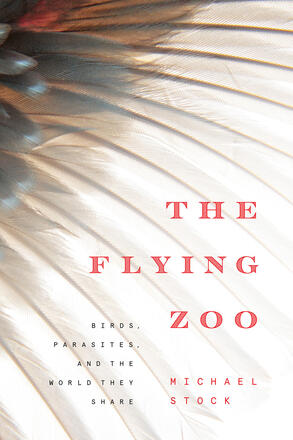
Description
“My work as a scientist who studies bird parasites causes me to wonder about the hidden part of the drama unfolding before my eyes: the flying zoo that makes each bird what it is. As I gaze out at my favourite birds, I wonder what role their parasites have played in shaping their fascinating behaviours and alluring appearance.” — From Chapter 1
In The Flying Zoo, Michael Stock gives readers an enthusiastic tribute to birds and the parasites that live in and on them. From the Crozet Archipelago and the Galapagos Islands to our own backyards, parasites—fleas, lice, ticks, and flukes—live in a sinister yet symbiotic relationship with their host birds. With a scientist’s exuberance, Stock reveals a co-evolutionary dance among an astounding cast of creatures living in a complex and paradoxical co-habitation. Following in the footsteps of Fleas, Flukes and Cuckoos, this contemporary classic deserves a place on the shelves of students and teachers of biology, natural history buffs, and birders.
Awards
- Short-listed, INDIE Book of the Year Awards (Nature), Foreword INDIES 2020
- Winner, Alberta Chapter of the Wildlife Society's Best Wildlife Publication Award in the Popular Category 2021
Reviews
“Stock provides a fascinating glimpse into birds, their parasites, their mutual impact on one another, and the role of environmental characteristics on the relationship. Chapters cover primary types of avian parasites: lice, fleas, ticks, mites, flies, worms, and "oddities," such as moths, leeches, and bedbugs. What makes this book rich is the author's use of his examples illustrating types of birds and their parasites to explore larger issues…. Illustrations, references, a list for further reading, and an index add to the impact. Summing Up: Highly recommended.”
- J.M. Miller, University of Toledo, CHOICE Magazine, December 2020